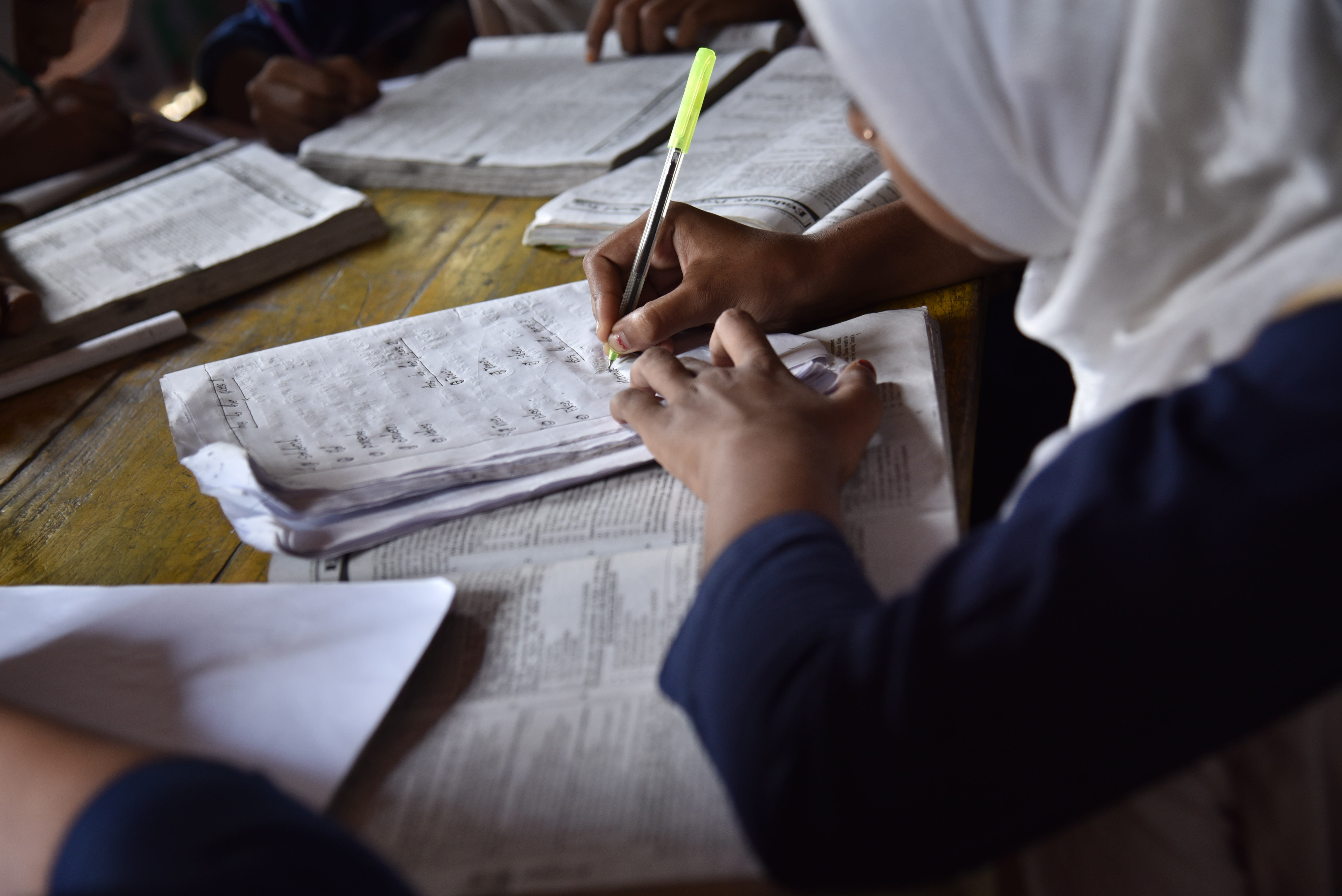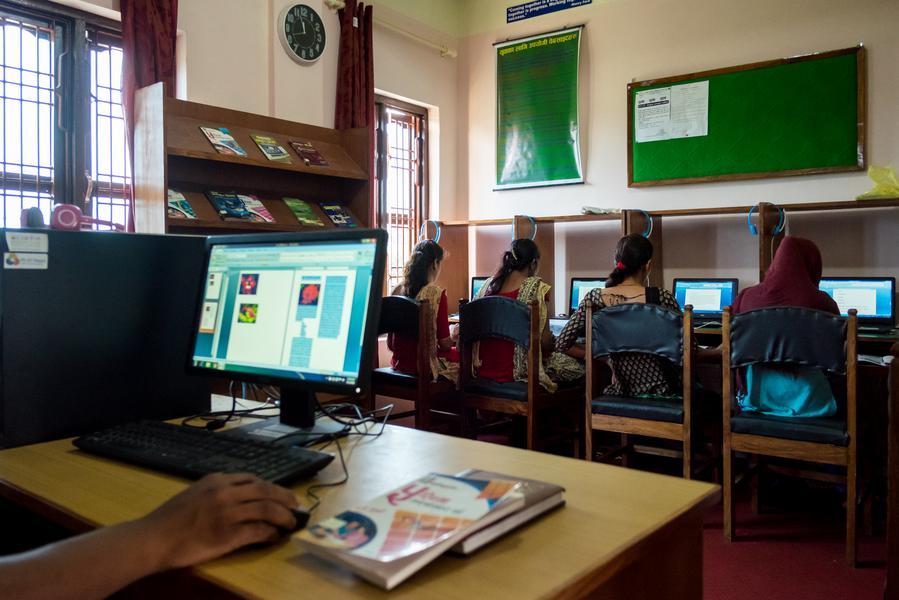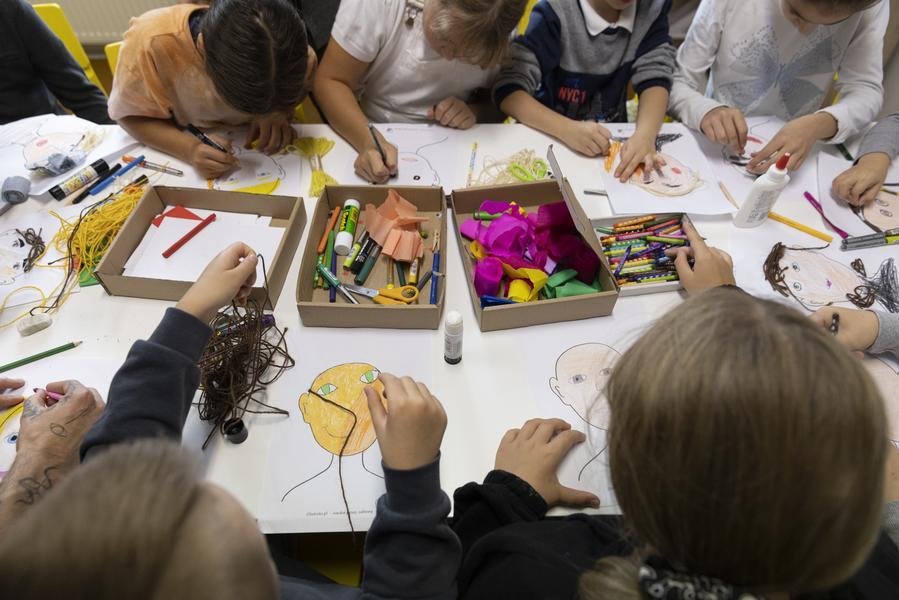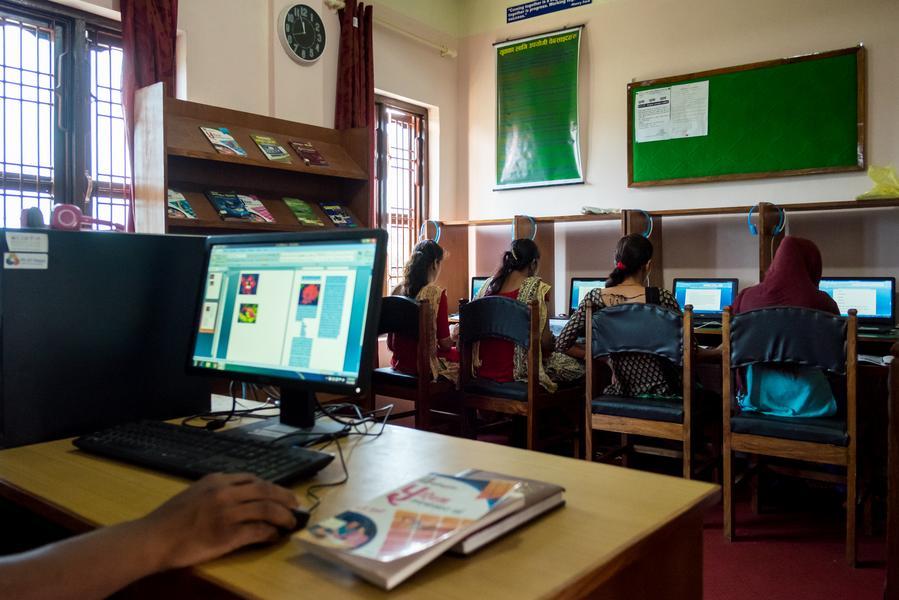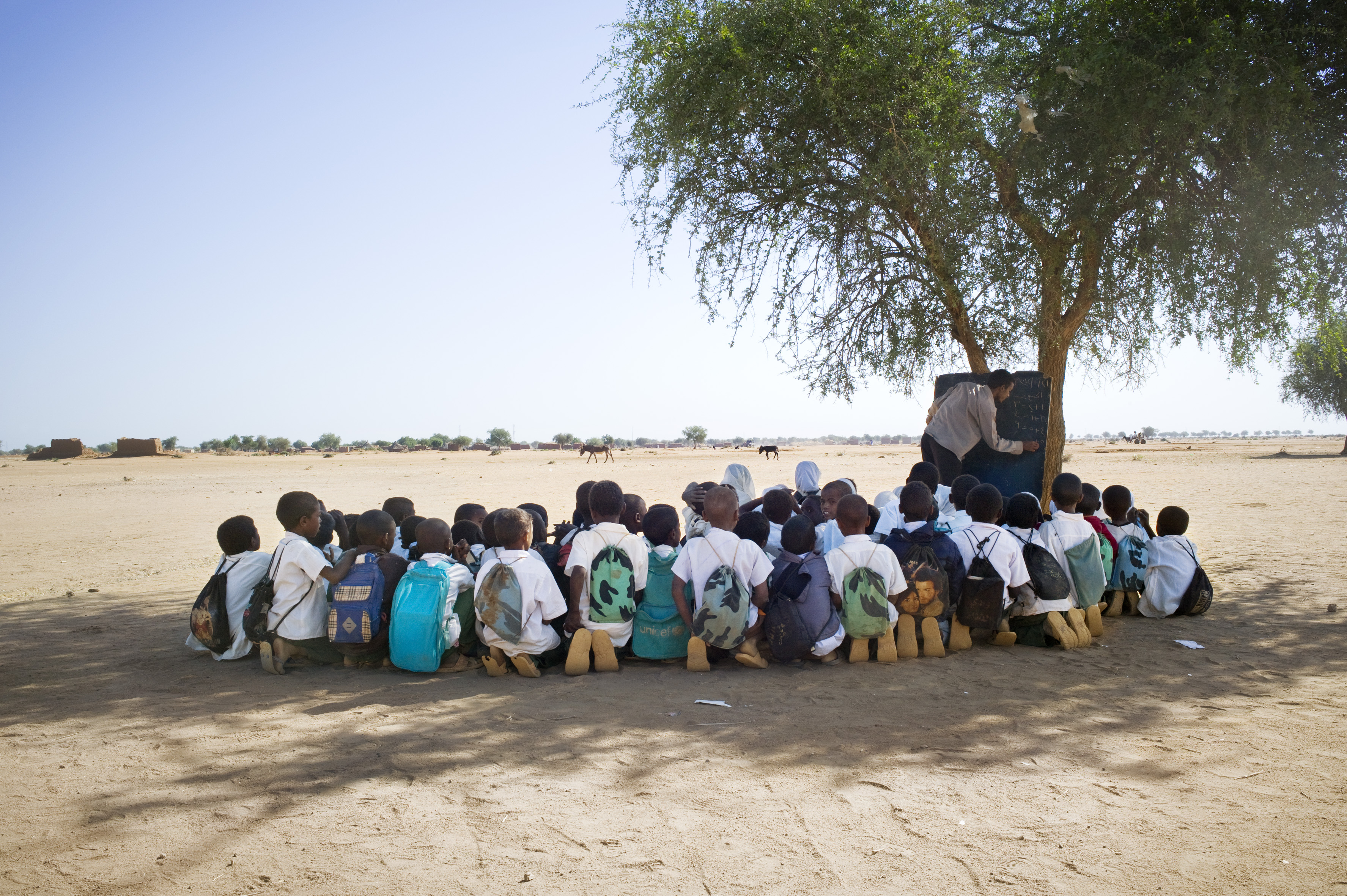
Policies
Tusome Early Grade Reading Activity
Context and Issue
Kenya faced significant challenges in its early-grade reading outcomes, with most children struggling with basic literacy skills in both English and Kiswahili. Inadequate teaching and learning materials, insufficient teacher training and support, and ineffective reading instruction methodologies exacerbated the widespread issue of low literacy proficiency. Consequently, many students could not read at grade-appropriate levels, hindering their overall academic progress and future educational opportunities.
Solution
The Tusome Early Grade Reading Activity, a seven-year, US$88.8 million initiative funded by USAID/Kenya and East Africa (KEA) and the Ministry of Education (MoE), aimed to improve the reading skills of approximately 7.8 million Kenyan children in grades 1 to 3 across 24,038 primary schools. Launched in 2014 to address significant literacy deficits due to inadequate teaching resources and ineffective methods, Tusome implemented research-based reading strategies, increased teaching materials, and provided extensive teacher training and support. The program's effectiveness was evaluated using the Early Grade Reading Assessment (EGRA), which was administered in 2015, 2016, and 2019 across 204 schools. To ensure sustainability, key elements included comprehensive teacher support, regular assessments, and strong government engagement. As a result, Tusome created a robust framework for enhancing early grade reading skills and overall educational outcomes in Kenya.
Impact
The Tusome Early Grade Reading Activity significantly improved early-grade reading outcomes in Kenya, with independent evaluations showing marked progress from 2015 to 2019. Grade 2 English reading gains equaled an additional year of schooling, and increased exposure to Tusome consistently correlated with better reading performance. The proportion of Grade 1 non-readers in English dropped by 18.4% and in Kiswahili by 7.4%, while Grade 2 non-readers decreased by 23.7% in English and 14.3% in Kiswahili. However, fewer than 8% of Grade 1 and 2 pupils could read Kiswahili at grade-appropriate levels, and only 14% of Grade 1 and 18% of Grade 2 pupils met English reading benchmarks. The reduction in instructional hours under the Competency-Based-Curriculum timetable was identified as a driver for the decline in performance since midline. Additionally, regular reading practice, smaller class sizes, and better classroom resources were positively correlated with reading fluency. Overall, Tusome was successful in improving early-grade reading skills, securing government buy-in, and demonstrating the efficacy of structured reading programs, despite challenges in achieving grade-level proficiency for all students.
Analysis
Despite the Tusome Early Grade Reading Activity's success, barriers such as low literacy proficiency, large class sizes, and insufficient classroom resources persist in Kenya. The reduction in instructional hours under the Competency-Based Curriculum (CBC) timetable also negatively impacted performance. However, the program's structured approach and comprehensive support systems indicate strong scalability potential. Addressing barriers like curriculum changes by ensuring adequate instructional time and overcoming resource limitations by providing sufficient teaching materials and smaller class sizes is crucial for sustaining and extending the program's benefits.

